An inexpensive alternative to Western Europe, Croatia has become a desirable destination spot during the last 10-15 years. The end of the Croatian War of Independence (1991-1995) led the way to increased tourism each year, which today accounts for over 20% of the nations GDP.
A few summers ago, our family of 4 spent a month exploring Central Europe (Hungary, Austria Czech Republic and Croatia), and while we loved all the countries we visited, we were blown away by the beauty of Croatia. Set along the Adriatic Sea on one side and hugging Bosnia on the other, it is a country filled with history, beauty, coastlines, islands architecture and inexpensive food and drink. Travel, for our family is always a history lesson. We spend time studying the important historical events of the places we are visiting before we go. In Europe, that usually means learning about events that happened hundreds of years earlier and are sometimes hard to connect with. On this trip however, it was particularly fascinating to learn about the important historical events of Croatia because they happened in our lifetime. To witness first hand, the destruction and rebuilding of this country, and to speak to people who actually lived through it, was a truly remarkable experience. Looking for a unique excursion in Europe? Head to Croatia on your next family trip!
Croatia is divided into 4 regions – Croatia proper, Slavonia, Dalmatia and Istria. Here are our highlights from North to South:
Zagreb: In Croatia proper, Zagreb is a relatively small European city and the biggest in the country. It is a delight to explore and super safe and manageable with kids. In fact, we felt it was a great place to let teens and tweens explore on their own. The Upper Town is the “old town” and is terrific for wandering cobblestoned streets filled with narrow passages and hidden courtyards. The downtown pedestrian area is car free and is filled with shops and restaurants and the hustle and bustle of the locals.
Don’t miss in Zagreb: The Museum of Broken Relationships: Quirky and fun, this museum explores just what its name describes with the stories to go with it. Voyeurism at its best!
Dolac Farmers Market: On two different levels, this is the largest of many open air markets in Zagreb and features souvenirs, butchers, bakers, a fish market, produce, and dairy.
Plitvice Lakes National Park: a little over 80 miles south of Zagreb is Plitvice Lakes National Park. Known for it’s 16 cascading lakes, Plitvice is a must see in Croatia and can be toured in a few hours or even a few days in the forest. Buses run frequently from Zagreb and it can be an easy day trip by bus. If you have a car its just about a 2 hour drive and will allow you to explore a little more deeply. There are also several hotels near the entrance to the park if you want to spend the night. It takes about 4-5 hours to walk the whole park. While we planned to spend a day in Plitvice on our trip to Croatia, the travel gods worked against us and we never made it there, so I had to borrow the below photo from another blogger. For more about our funny travel failures, see my post on Travel Bloopers and Outtakes.
Photo credit: John Bedell of Bensozia

If you have limited time in Croatia (7-10 days), I recommend choosing between Istria and Dalmatia. If you start in Zagreb and head down to Plitvice Lakes, then you have a choice to either drive south 3-4 hours for Split and the rest of Dalmatia, or west for 3-4 hours to Istria. Public transportation is still a little challenging in Croatia – buses are not impossible, but rides are long, and schedules are not exactly….scheduled… so I recommend a car.
Istria: A short drive from Plitvice lakes and any travel to Croatia from Italy, a common strategy, will most likely land you in Istria. A heart-shaped penninsula running along the Adriatic Sea, Istria is an attraction for beach goers and artists alike. Don’t miss the picturesque fishing village of Rovinj for a jaunt through the Old Town or a bike ride along the coast. From Rovinj, a 30 minute drive south gets you to the sunny city of Pula. Don’t miss the stunning 1st century Roman Amphitheater in the center of town.

Dalmatia: Lying on the eastern shore along the Adriatic Sea, and the sweetheart of tou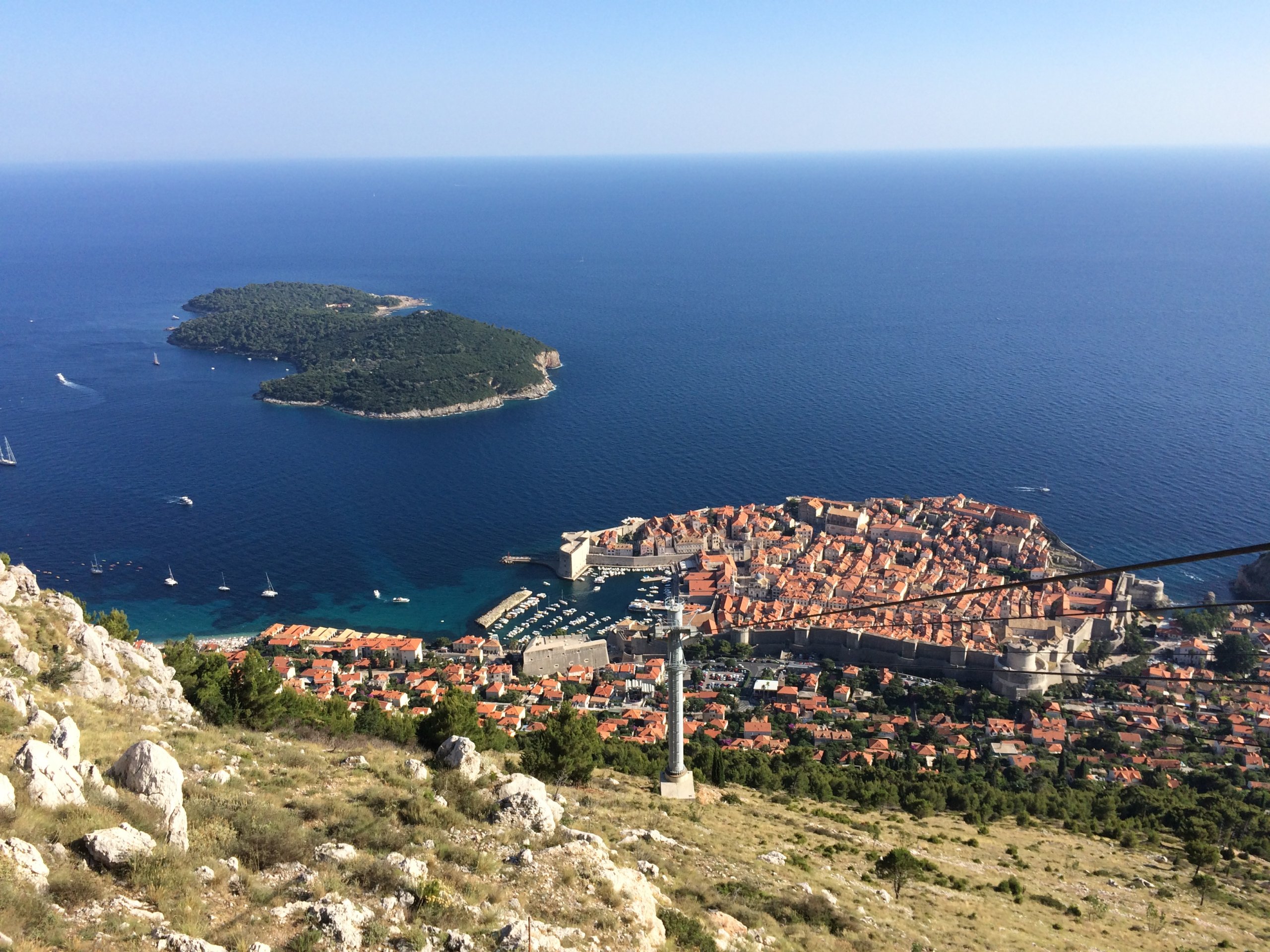 rist Croatia, is the region known as Dalmatia. It consists of the country’s most visited cities, Split and Dubrovnik, as well as the islands off the coast. In a visit to Dalmatia, you can cover Split, Dubrovnik and the islands in about a week. We spent about 10 days in the region and while we could have happily stayed longer, it was a good amount of time. If you are heading down from any of the northern cities discussed above, it makes the most sense to stop in Split first. A journey from Split to Dubrovnik by car or bus is about 6 hours. Unless you like the idea of crossing the border into Bosnia, we prefer the ferries as a way of getting from one city to the next. One to two days in Split is enough, and then we recommend a ferry to one or two of the islands for a few days followed by a ferry to Dubrovnik for 2 days. See Ferry schedule here.
rist Croatia, is the region known as Dalmatia. It consists of the country’s most visited cities, Split and Dubrovnik, as well as the islands off the coast. In a visit to Dalmatia, you can cover Split, Dubrovnik and the islands in about a week. We spent about 10 days in the region and while we could have happily stayed longer, it was a good amount of time. If you are heading down from any of the northern cities discussed above, it makes the most sense to stop in Split first. A journey from Split to Dubrovnik by car or bus is about 6 hours. Unless you like the idea of crossing the border into Bosnia, we prefer the ferries as a way of getting from one city to the next. One to two days in Split is enough, and then we recommend a ferry to one or two of the islands for a few days followed by a ferry to Dubrovnik for 2 days. See Ferry schedule here.
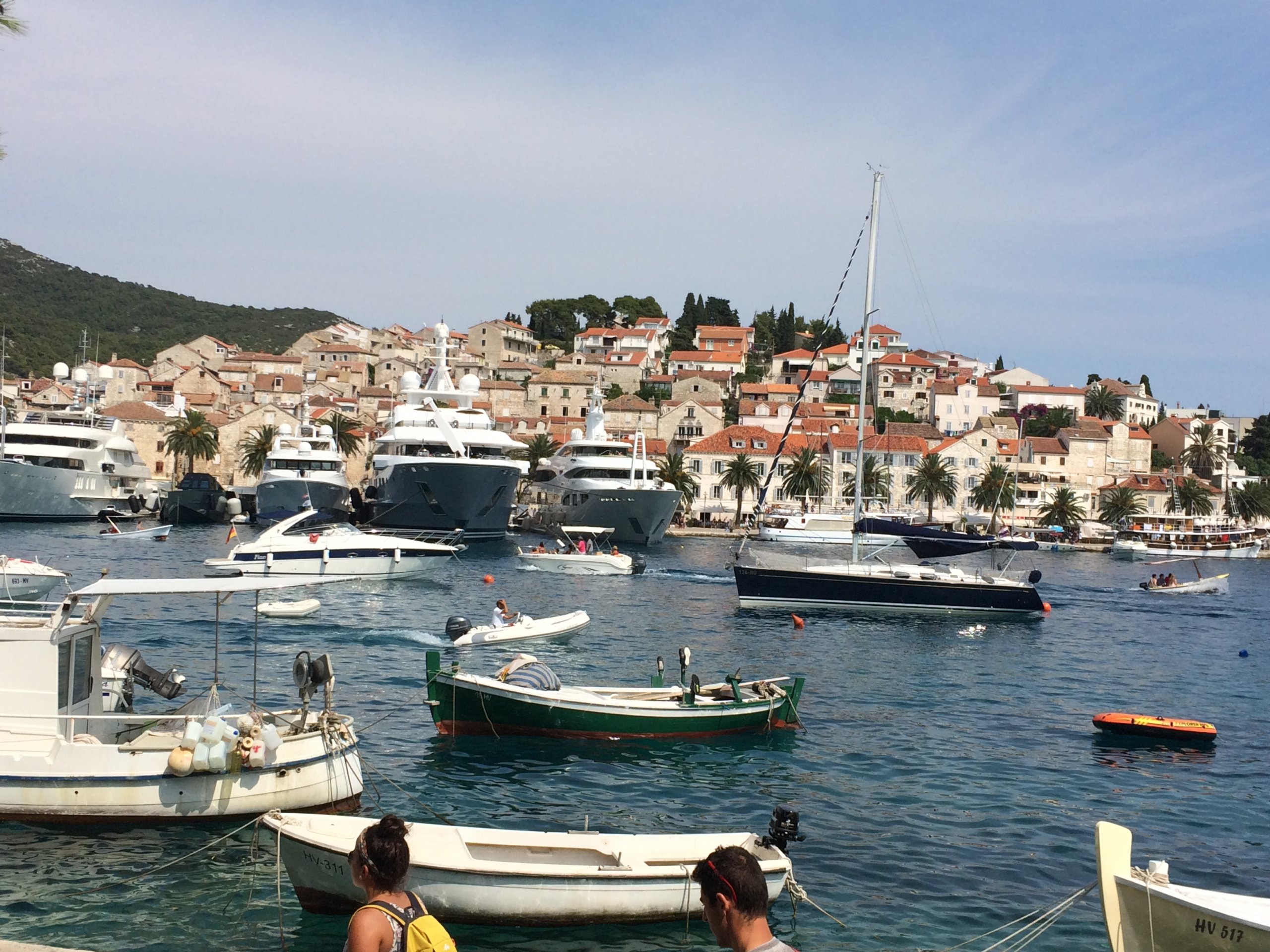
Dont miss:
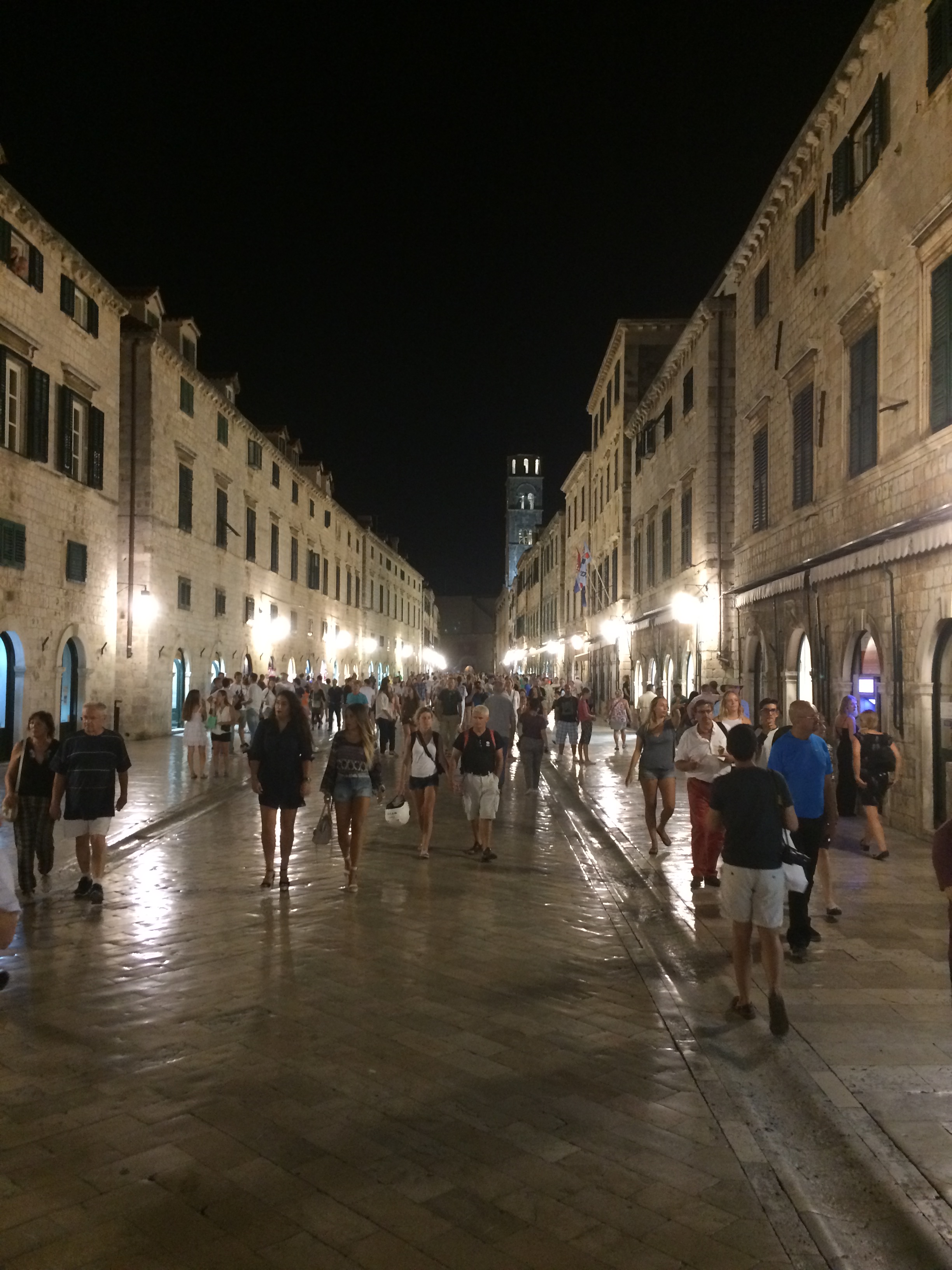
Split: Stroll Riva Promenade, visit Diocletians Palace
Dubrovnik: Walk the city walls, perch yourself at Buza Bar for a cocktail.
While we adored Dubrovnik, we were a little stifled by the tremendous crowds. Cruise ships disembark for the day in the city which can make it frustrating to enjoy. We recommend 2-3 days stay in Dubrovnik allowing time to go to the beaches during the day and explore the city itself after 5pm when the cruise ships leave.
Island Life: While the more than 1000 Croatian islands are all part of the Dalmatian region, we feel they deserve special attention. The ferry service between the islands has been improving every year, but does not run all year round, so be sure to check the schedules carefully if you are planning a trip during non summer months.
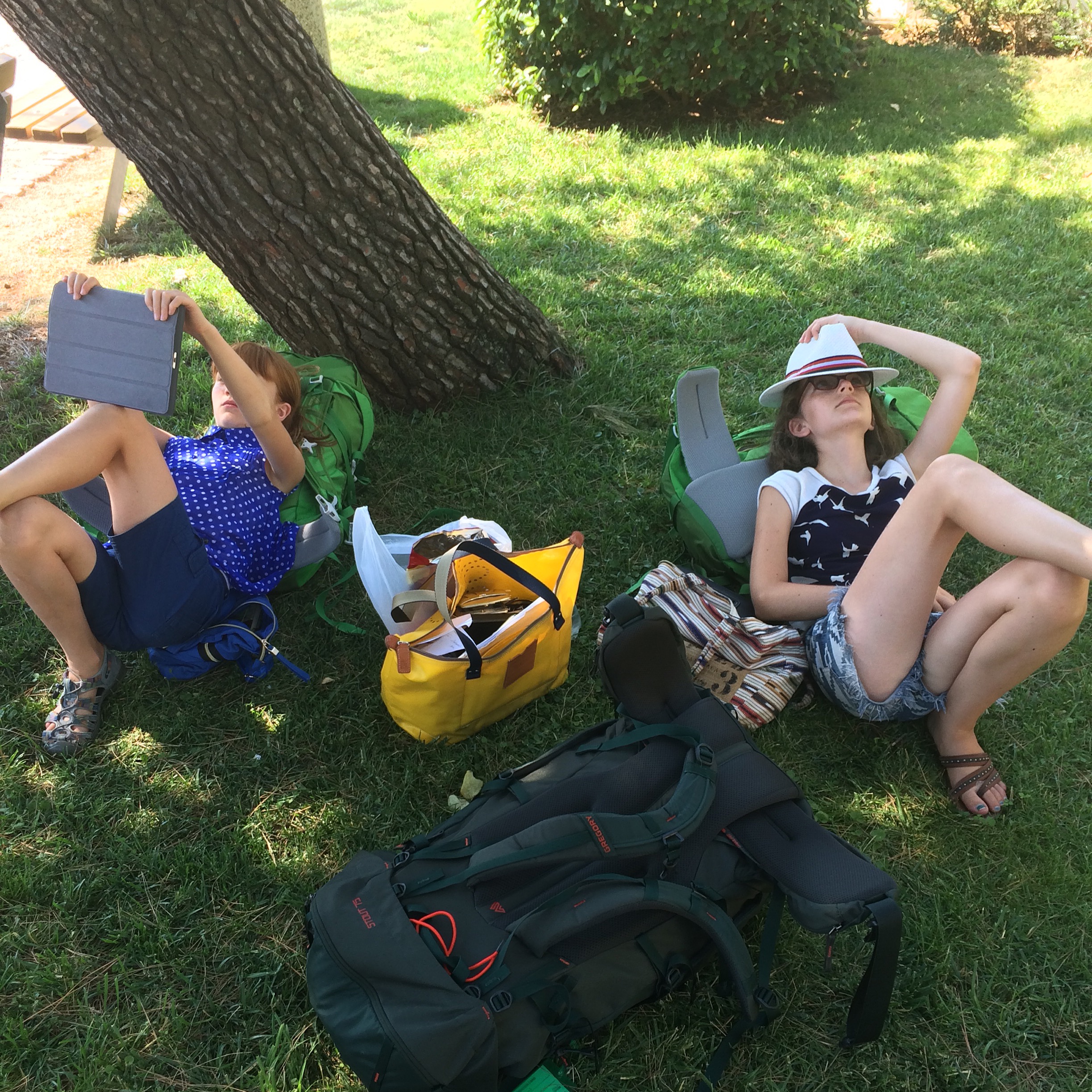
Here are our recommendations for the best islands to visit:
From Istria:
Cres – good for water sports, hiking and biking. Home to one of the deepest freshwater lakes in Eastern Europe.
Rab – One of the greenest islands in the Adriatic. Also, one of the few with sandy beaches.
Krk- The most accessible of the islands because it is connected to the mainland by a toll bridge (near Rijeka).
From Split or Dubrovnik:
Hvar – attracts the most glitzy crowd of all the islands and a great place to admire fancy yachts.
Brac – closest to Split, known for its olive oil and rocky coasts. Also has the highest mountain of any island making it a great spot for hiking and views of the Adriatic.
Korcula -called “Little Dubrovnik”, it is the most populous of the islands.
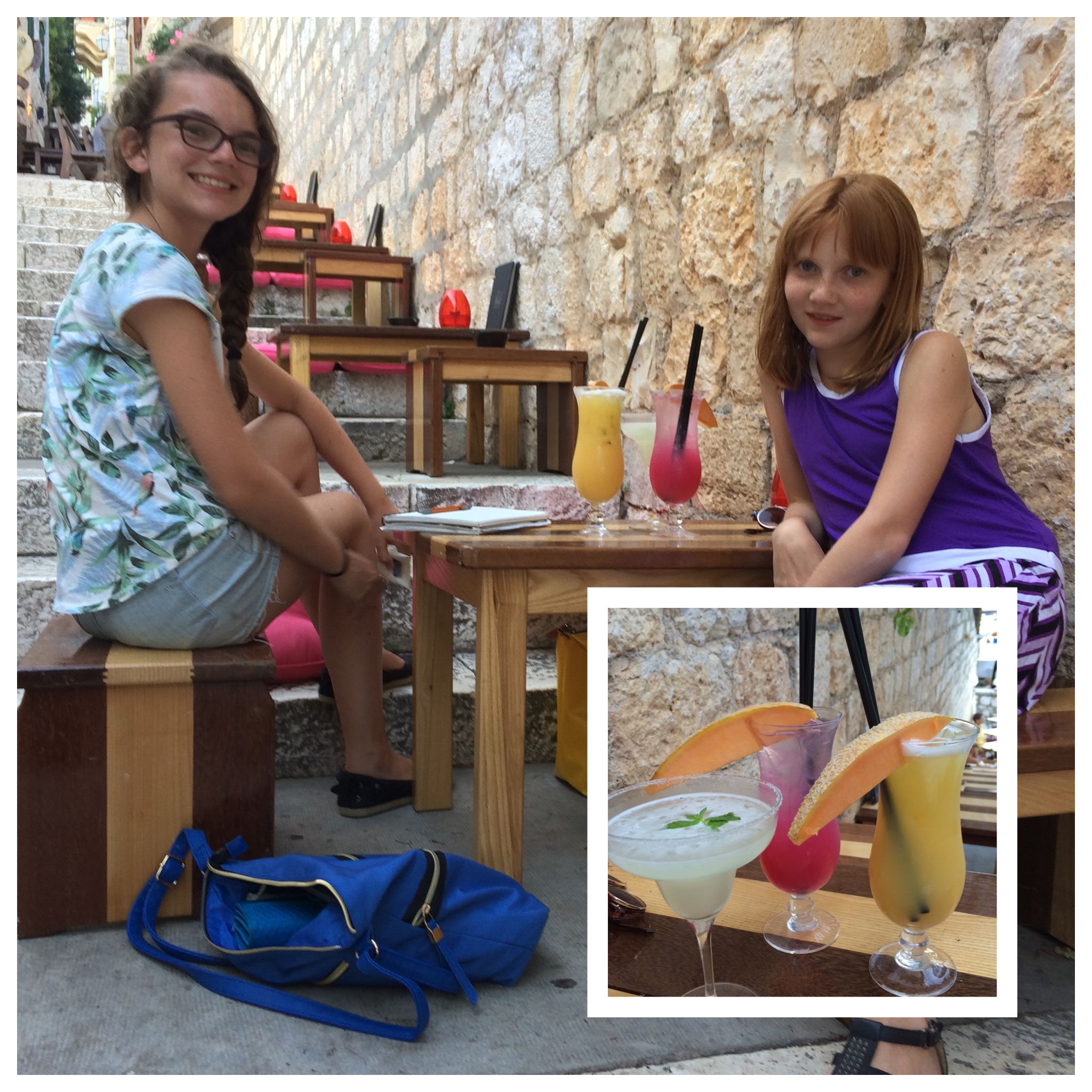
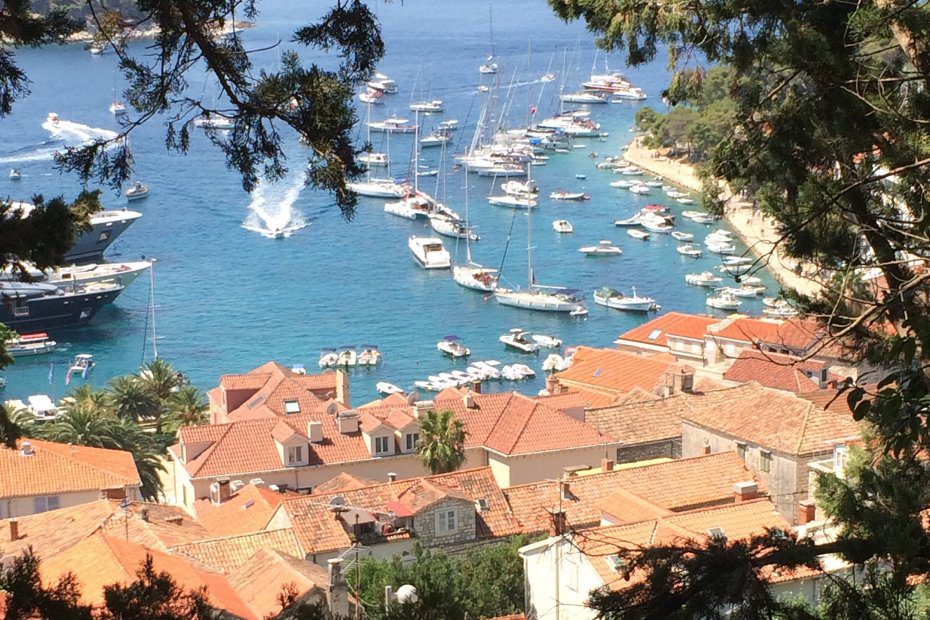
Loved this post. Plitvice looks amazing gorgeous photos, Happy New Year
Same to you! Thanks for reading.
I loved seeing the photos again, and remembering your trip. Just incredible!